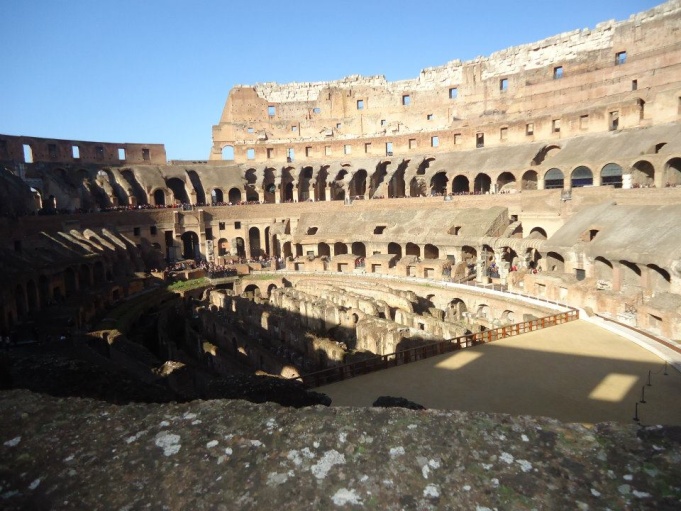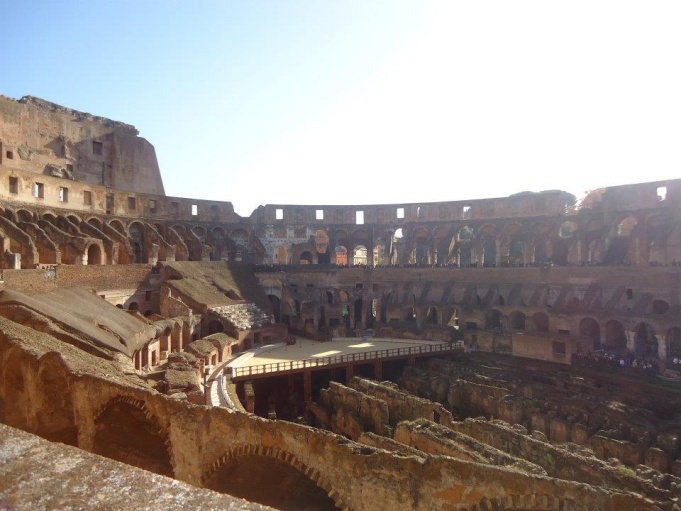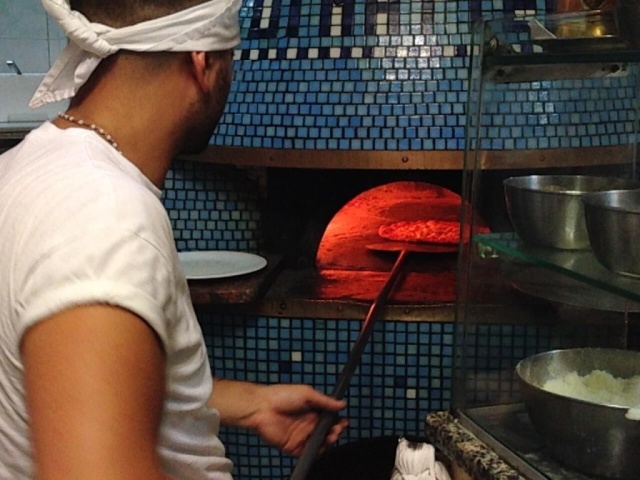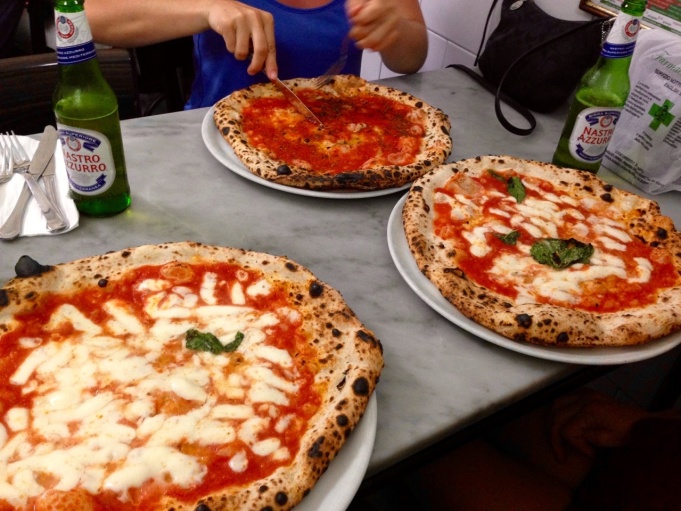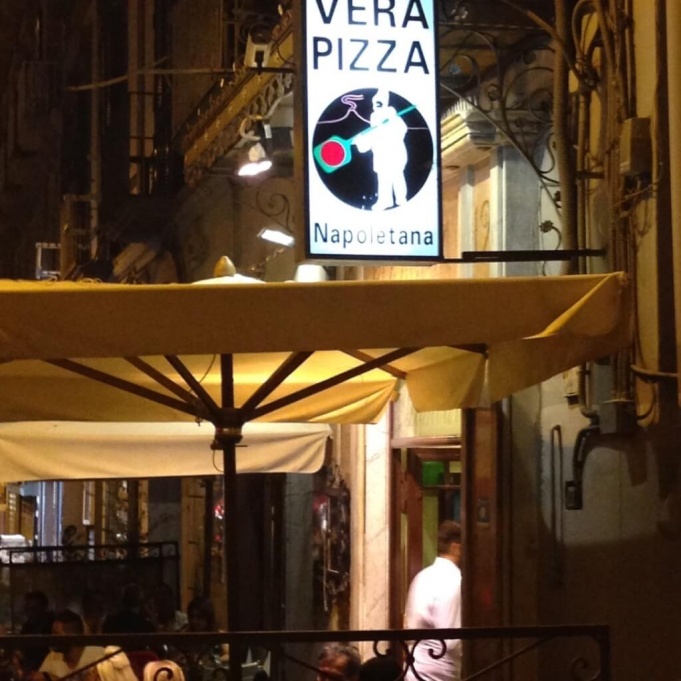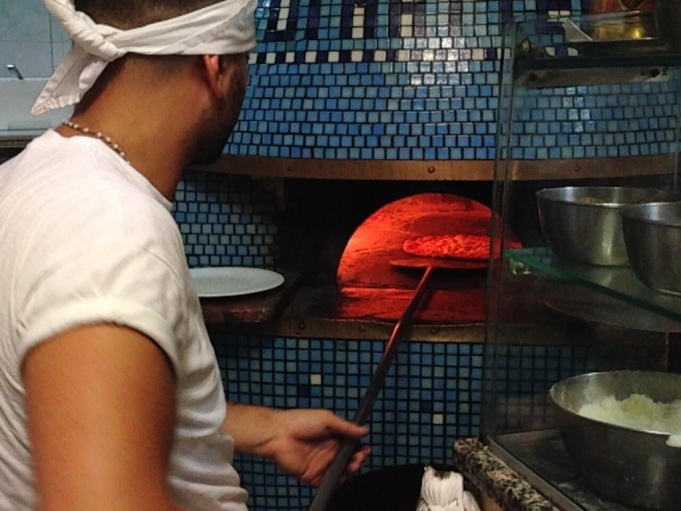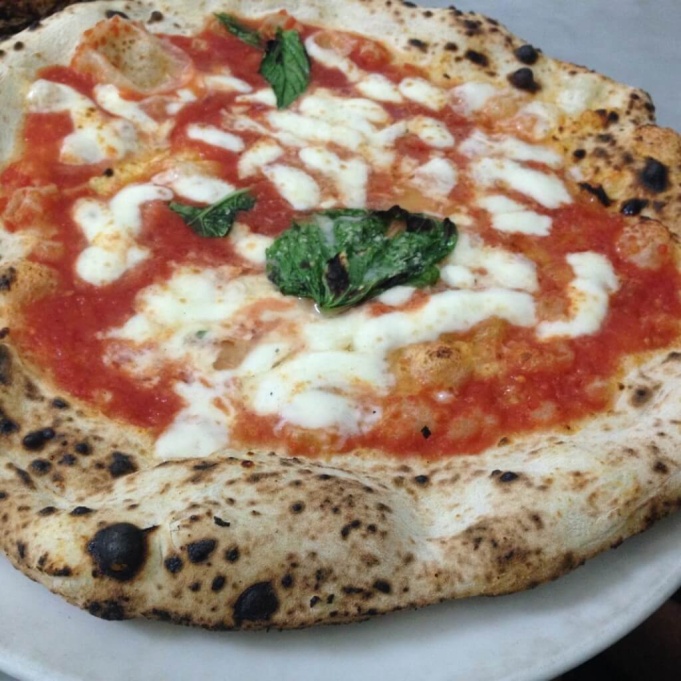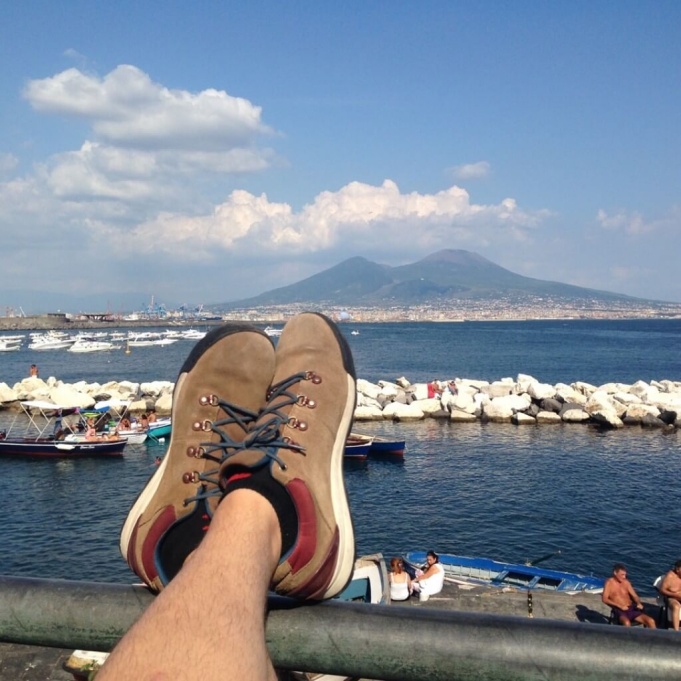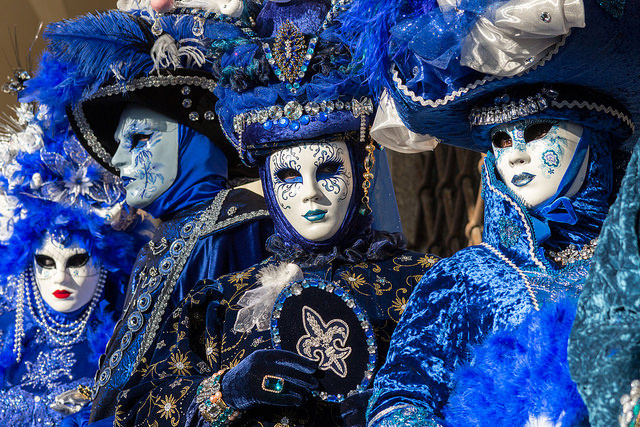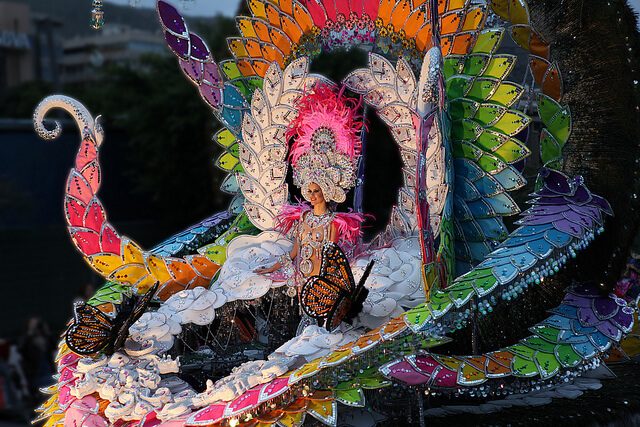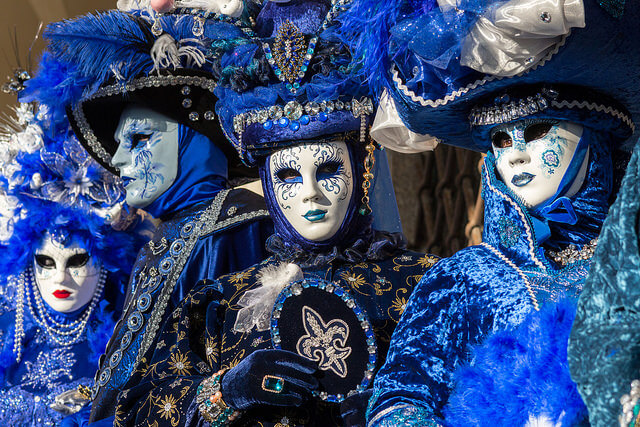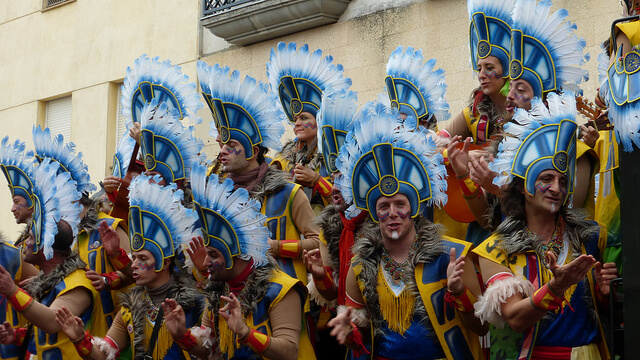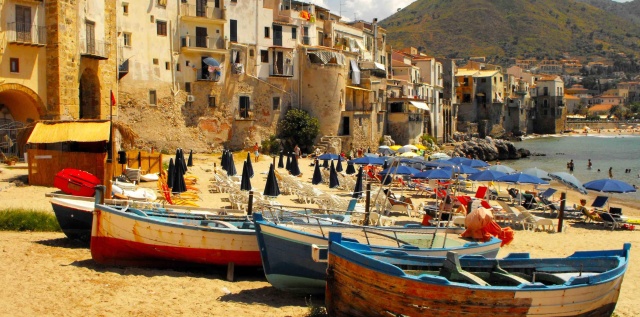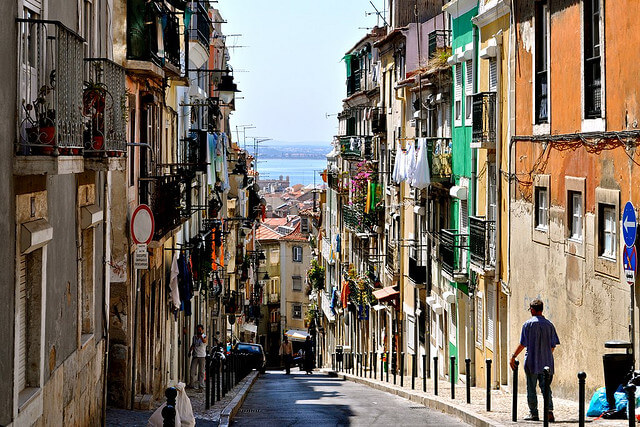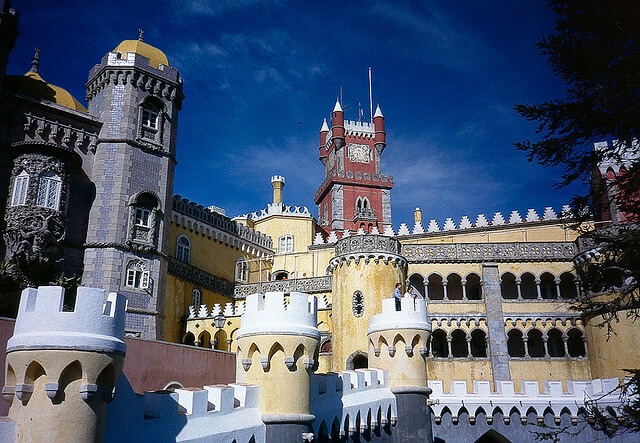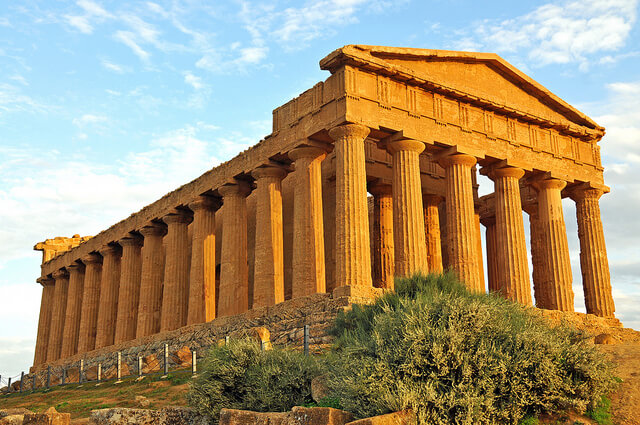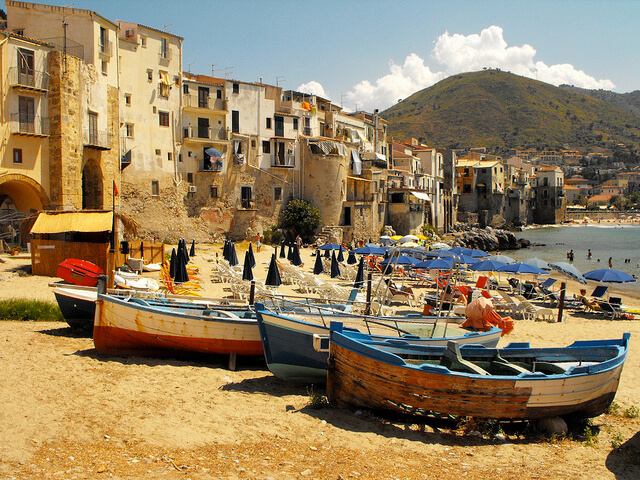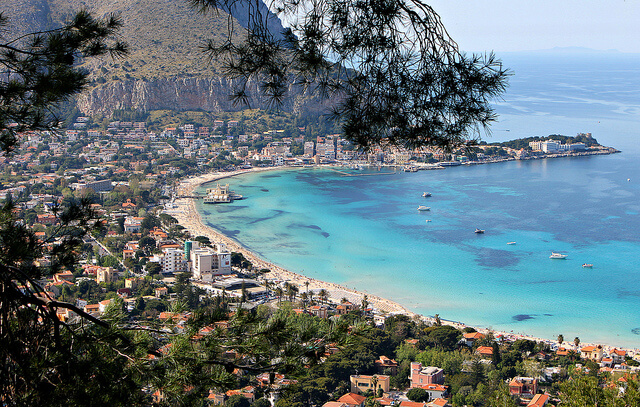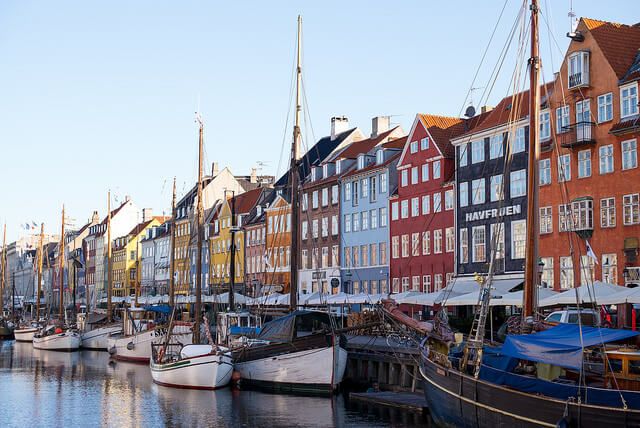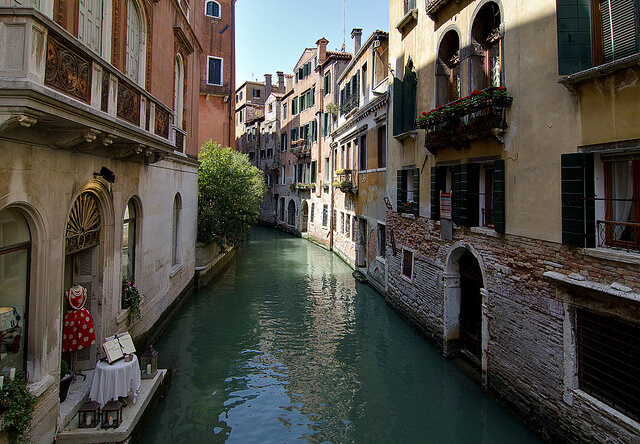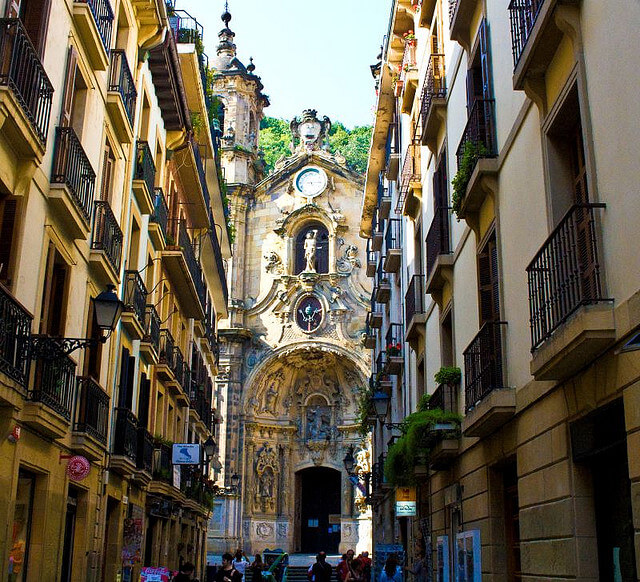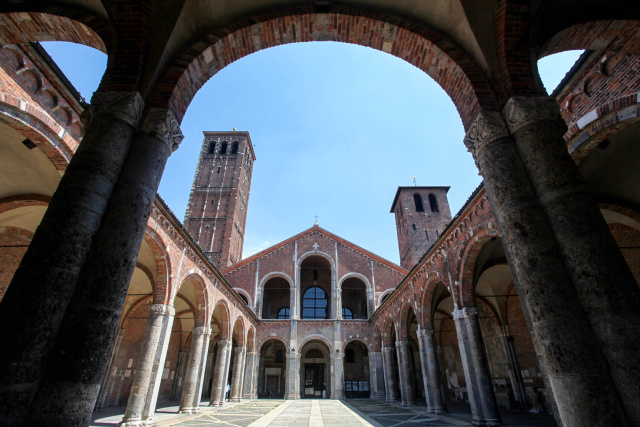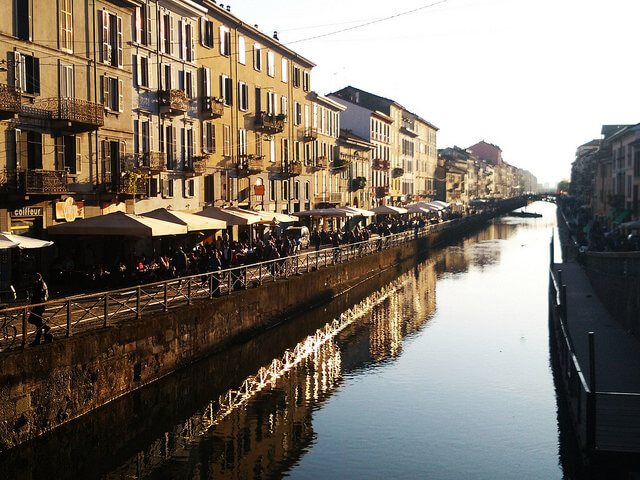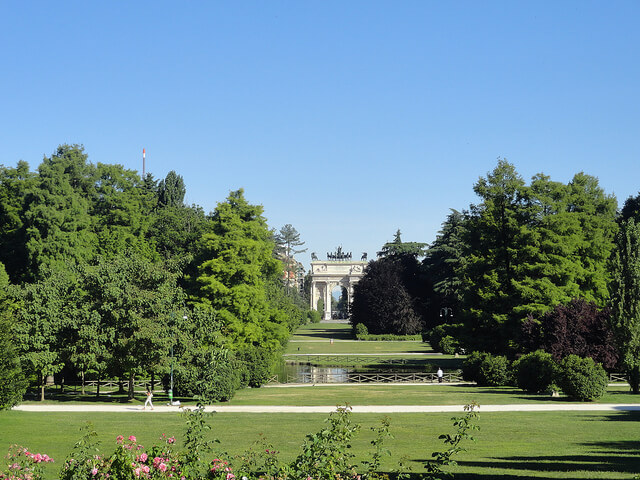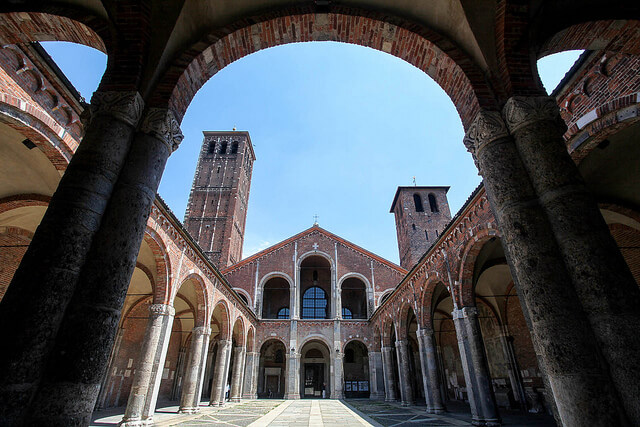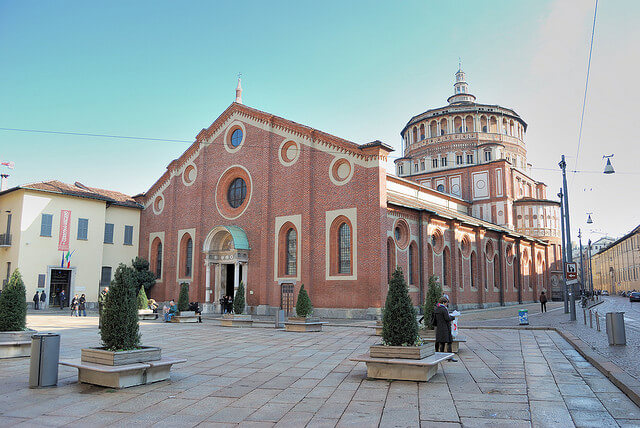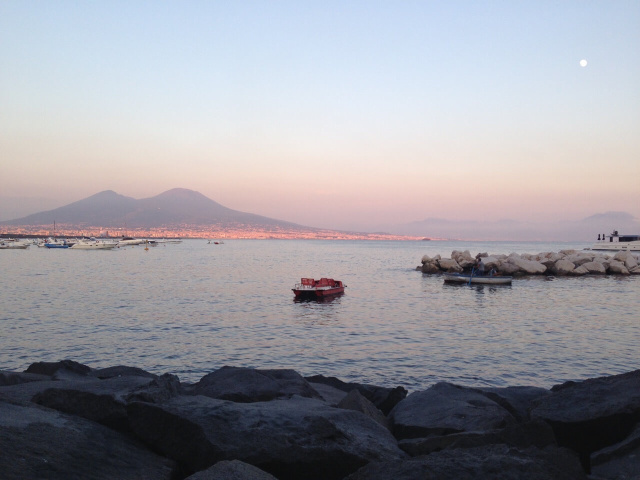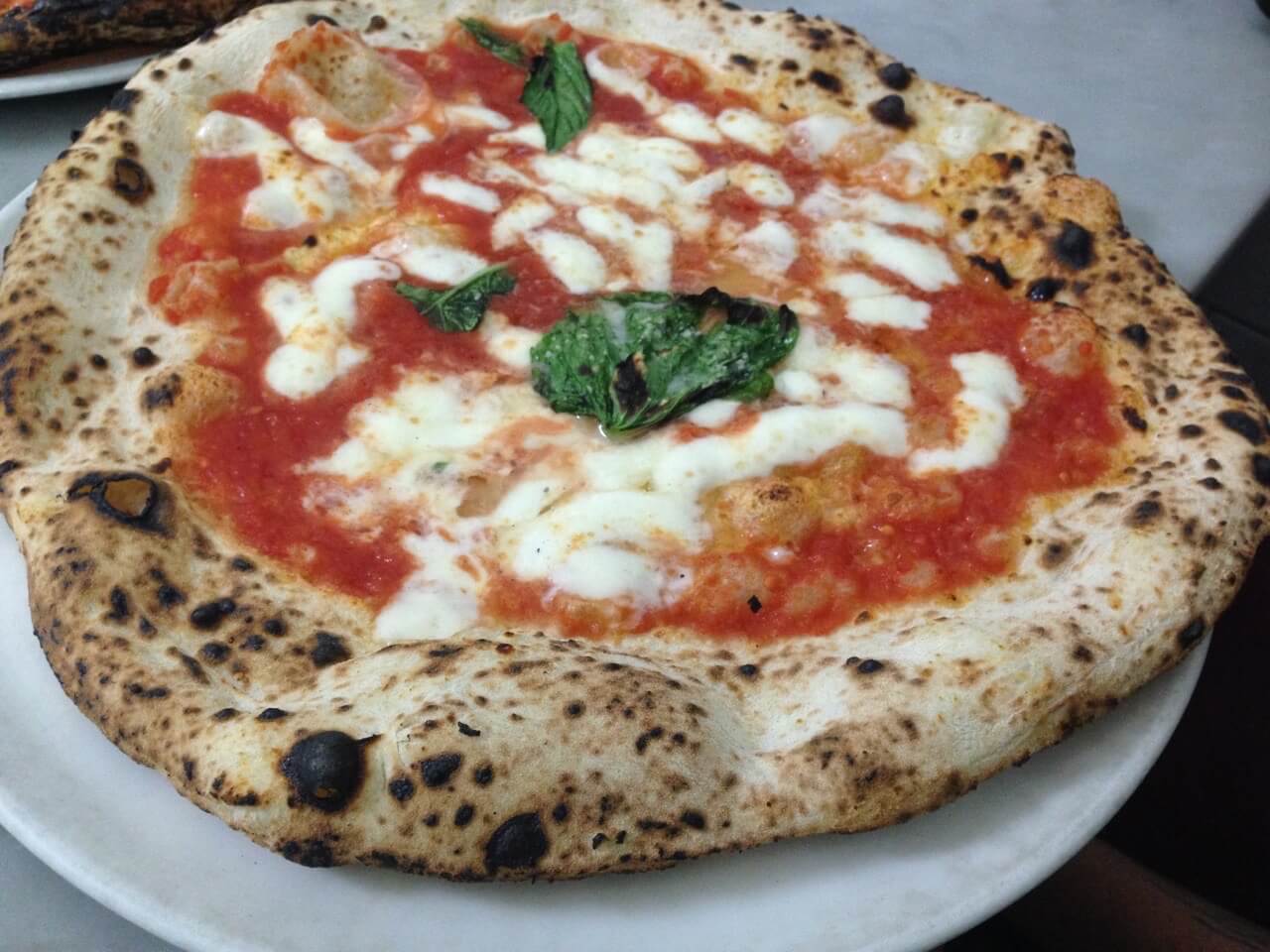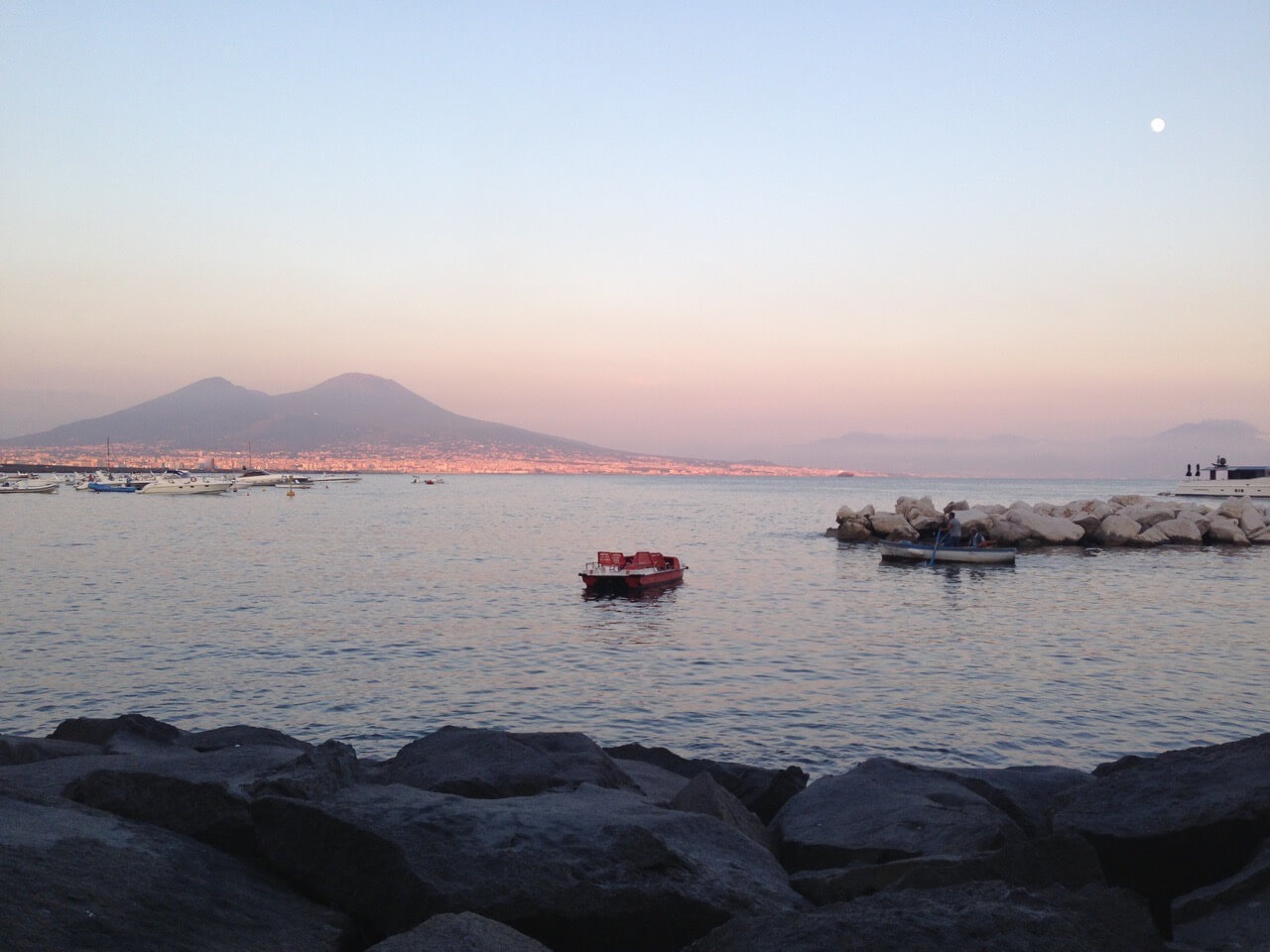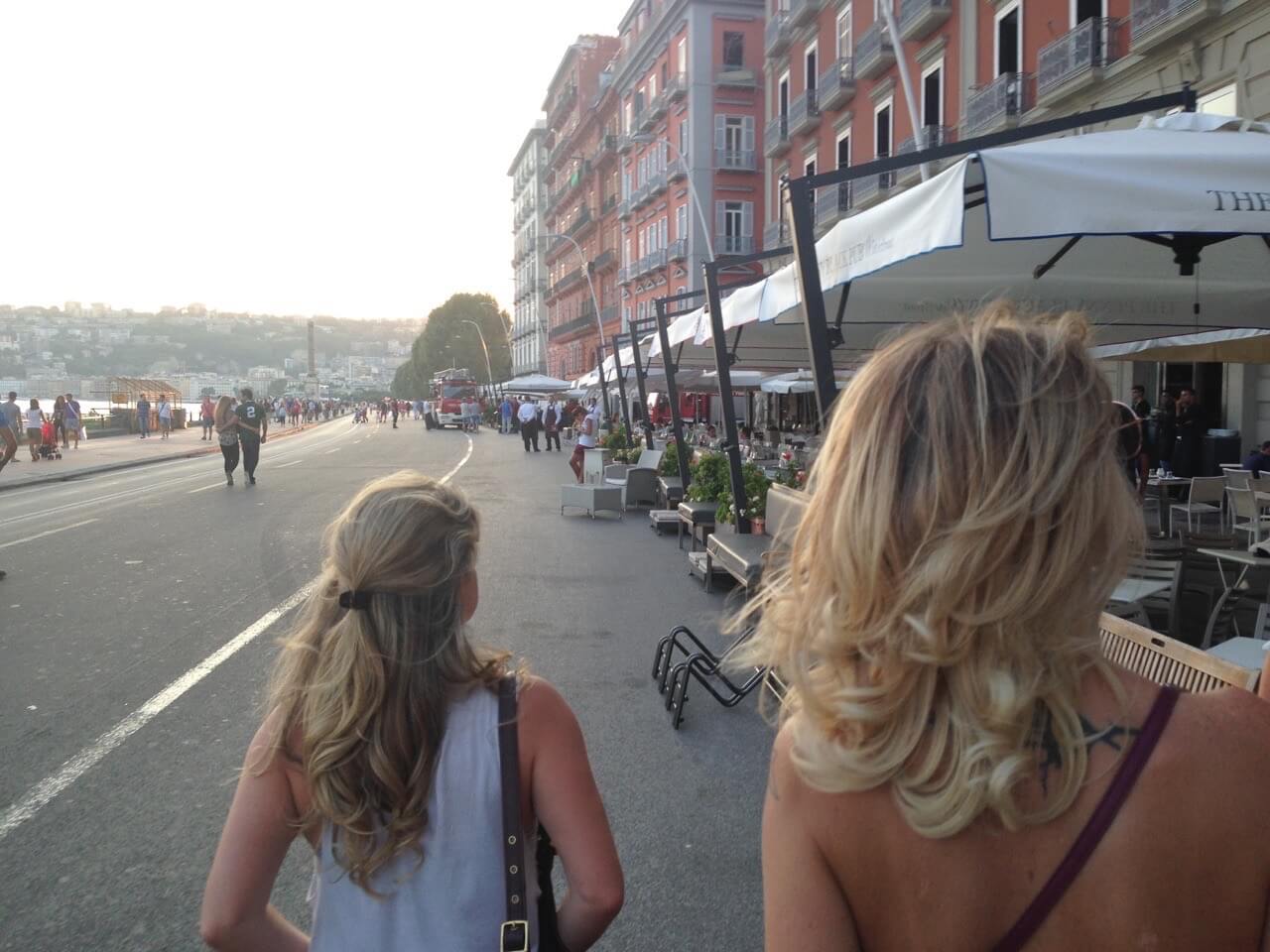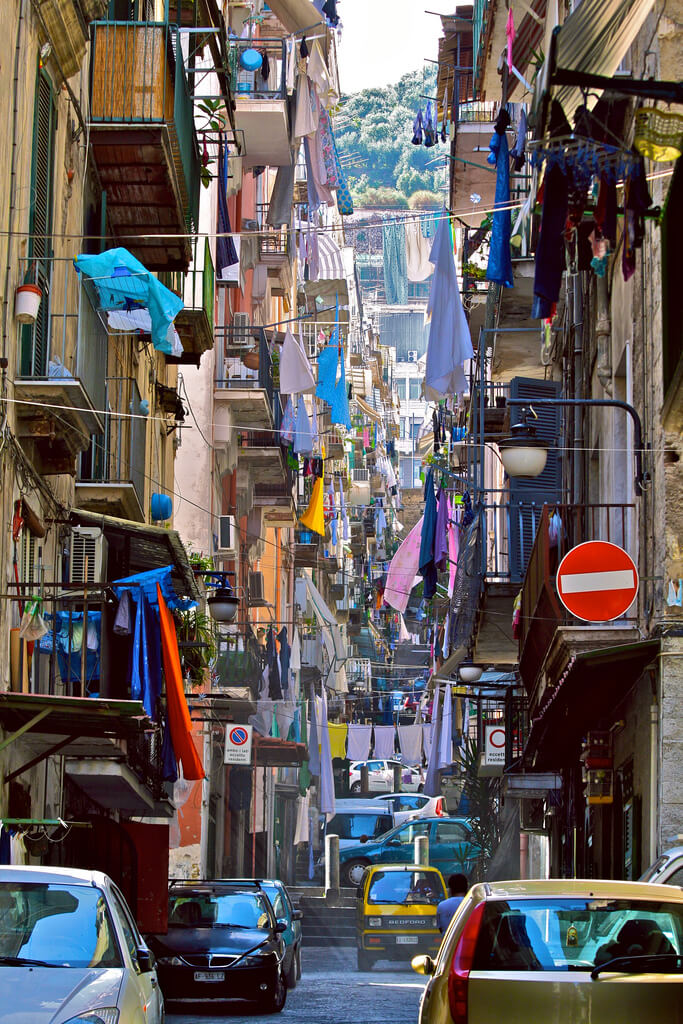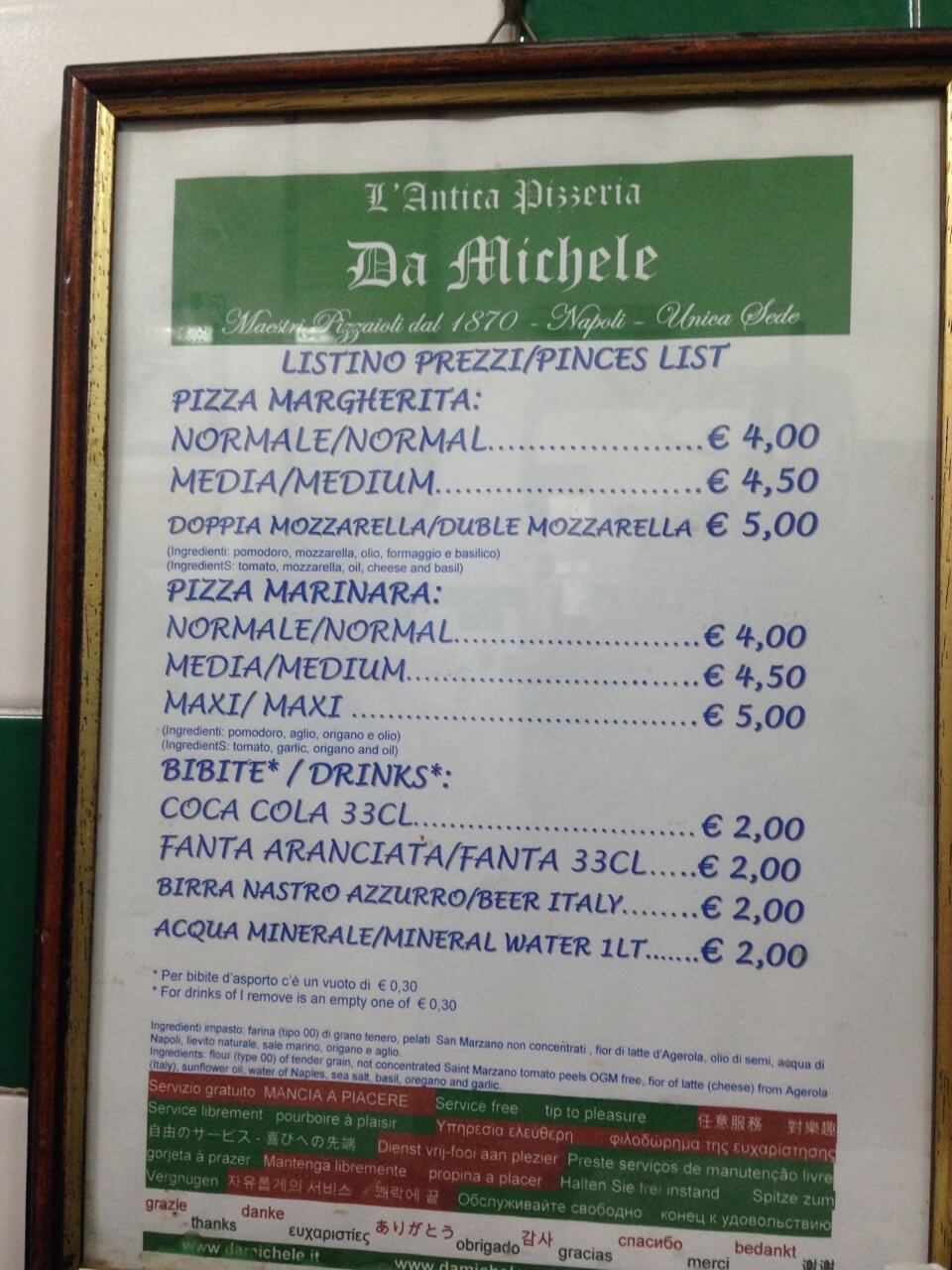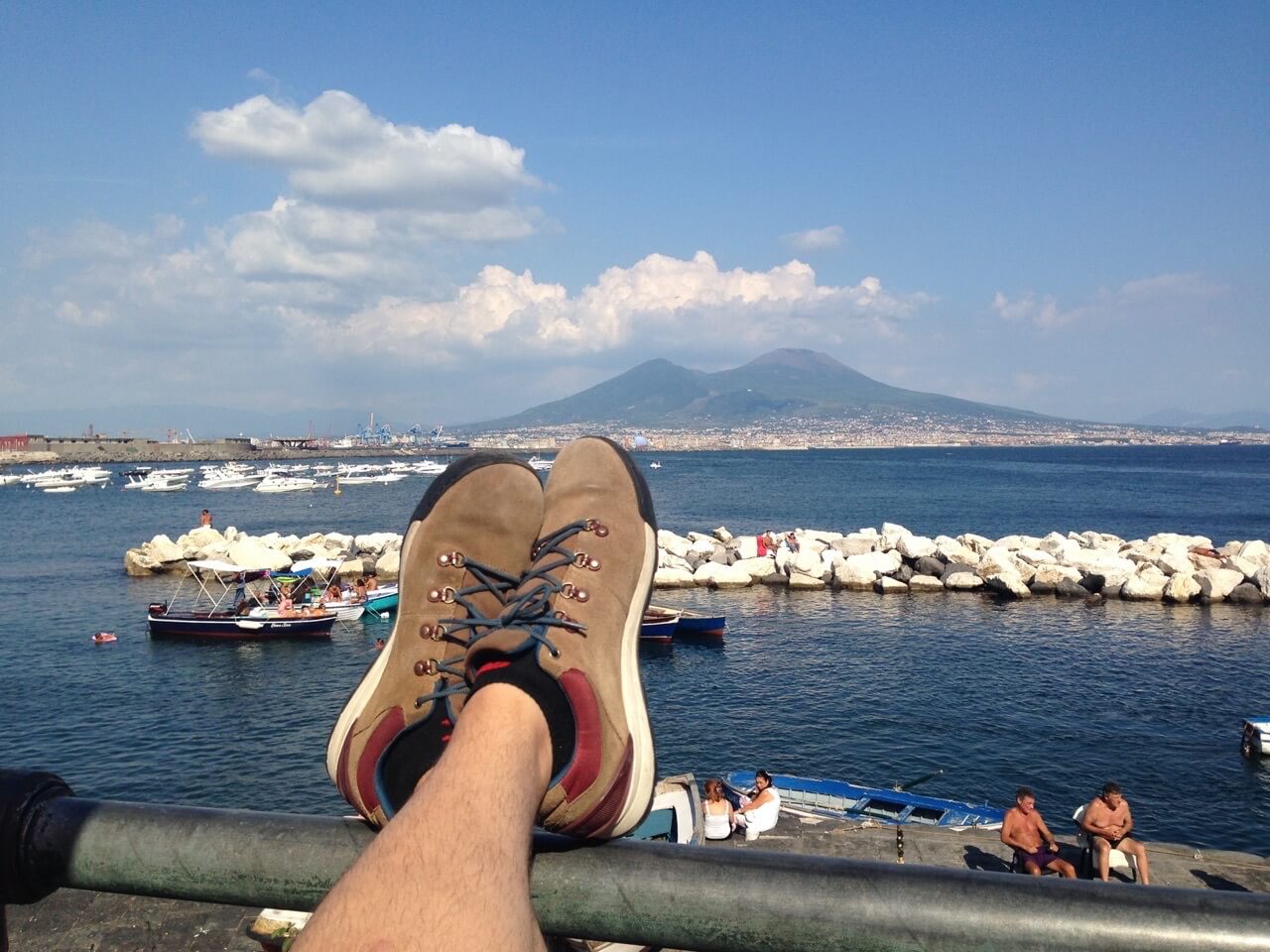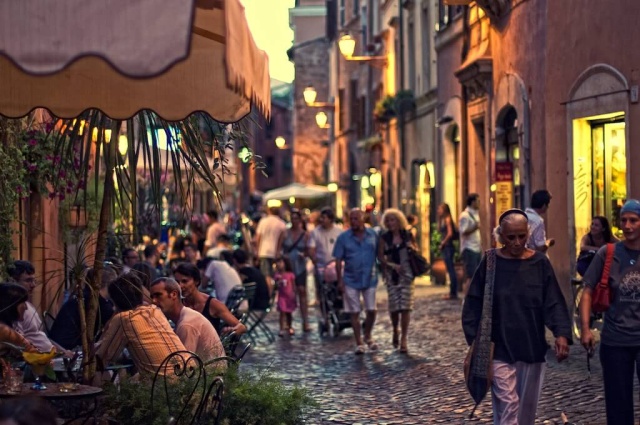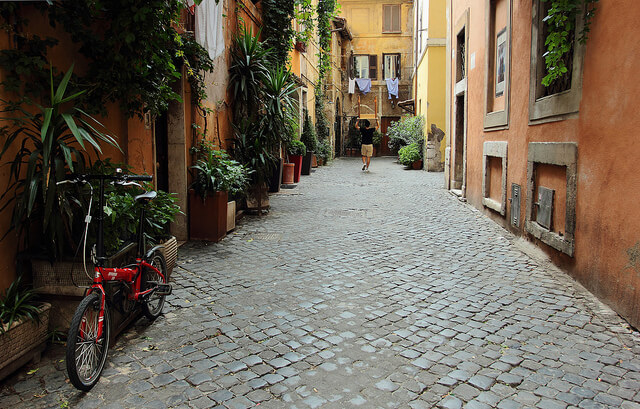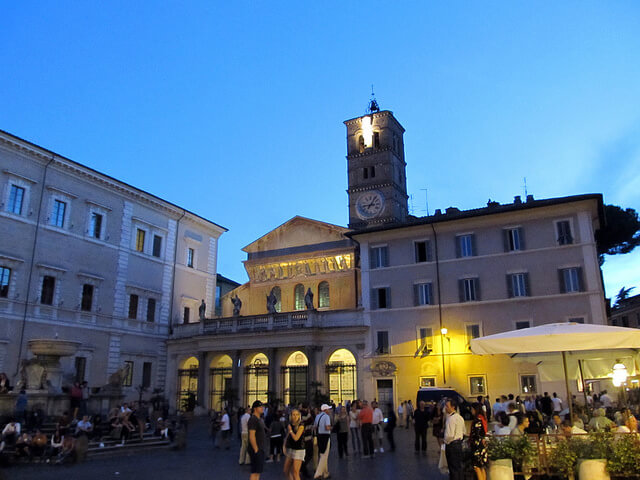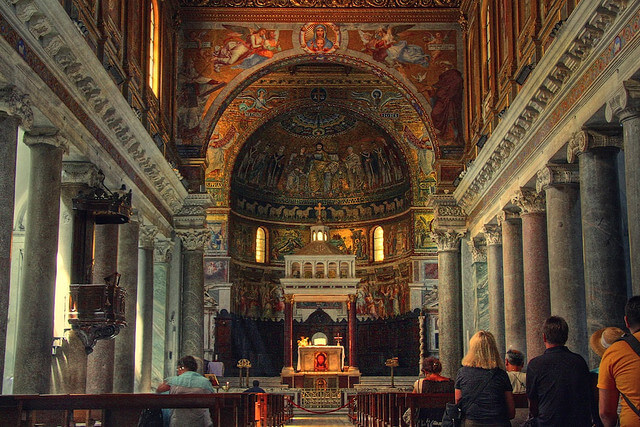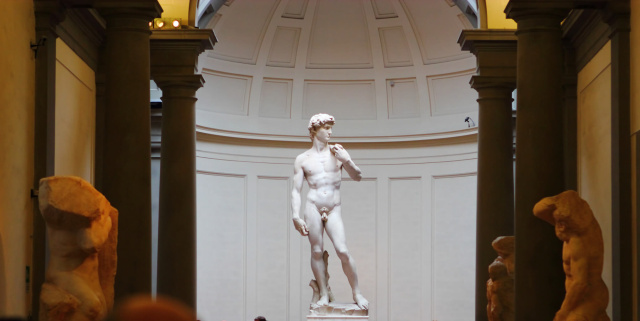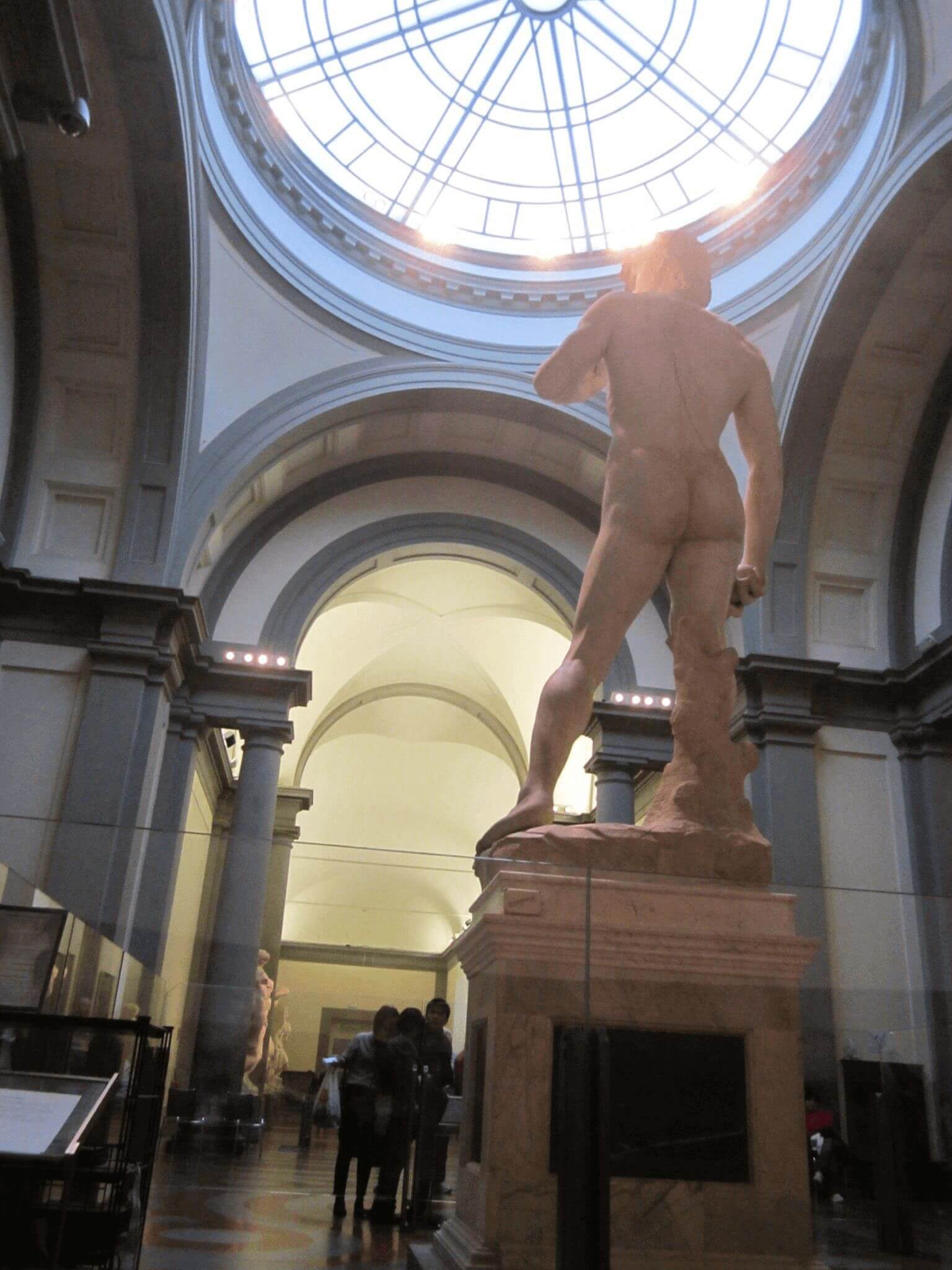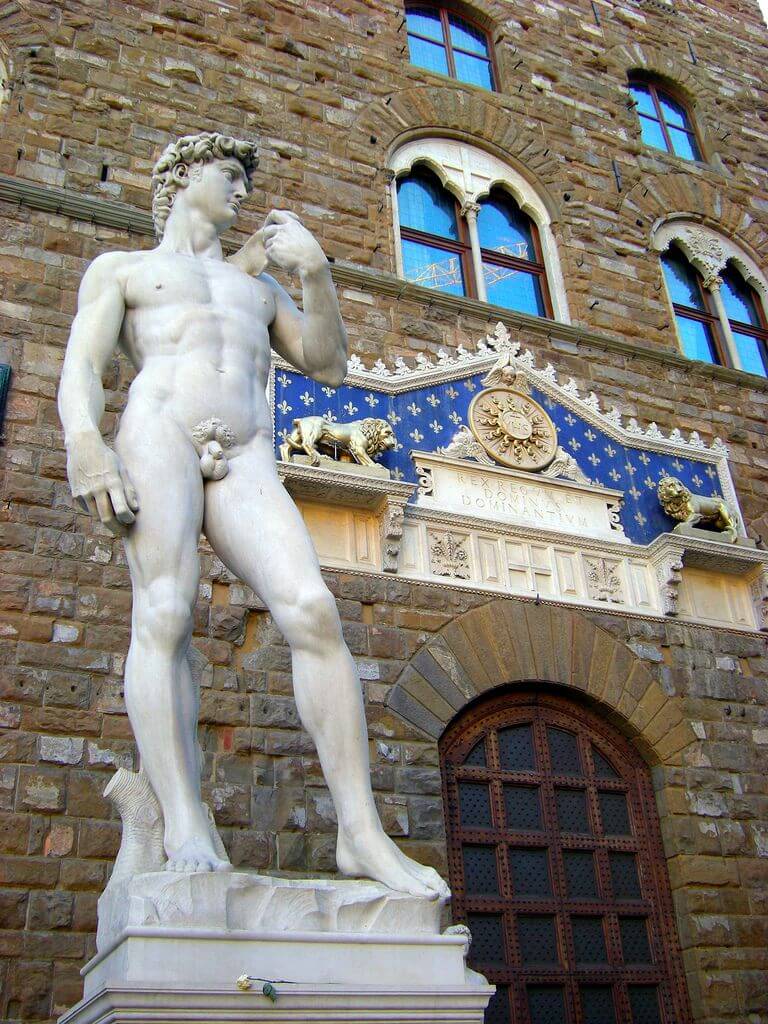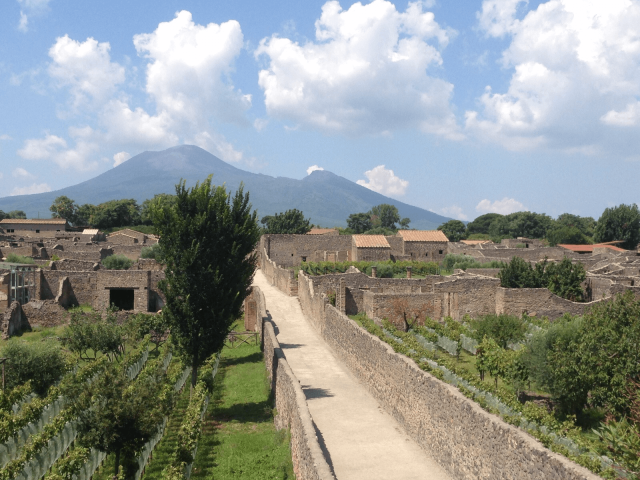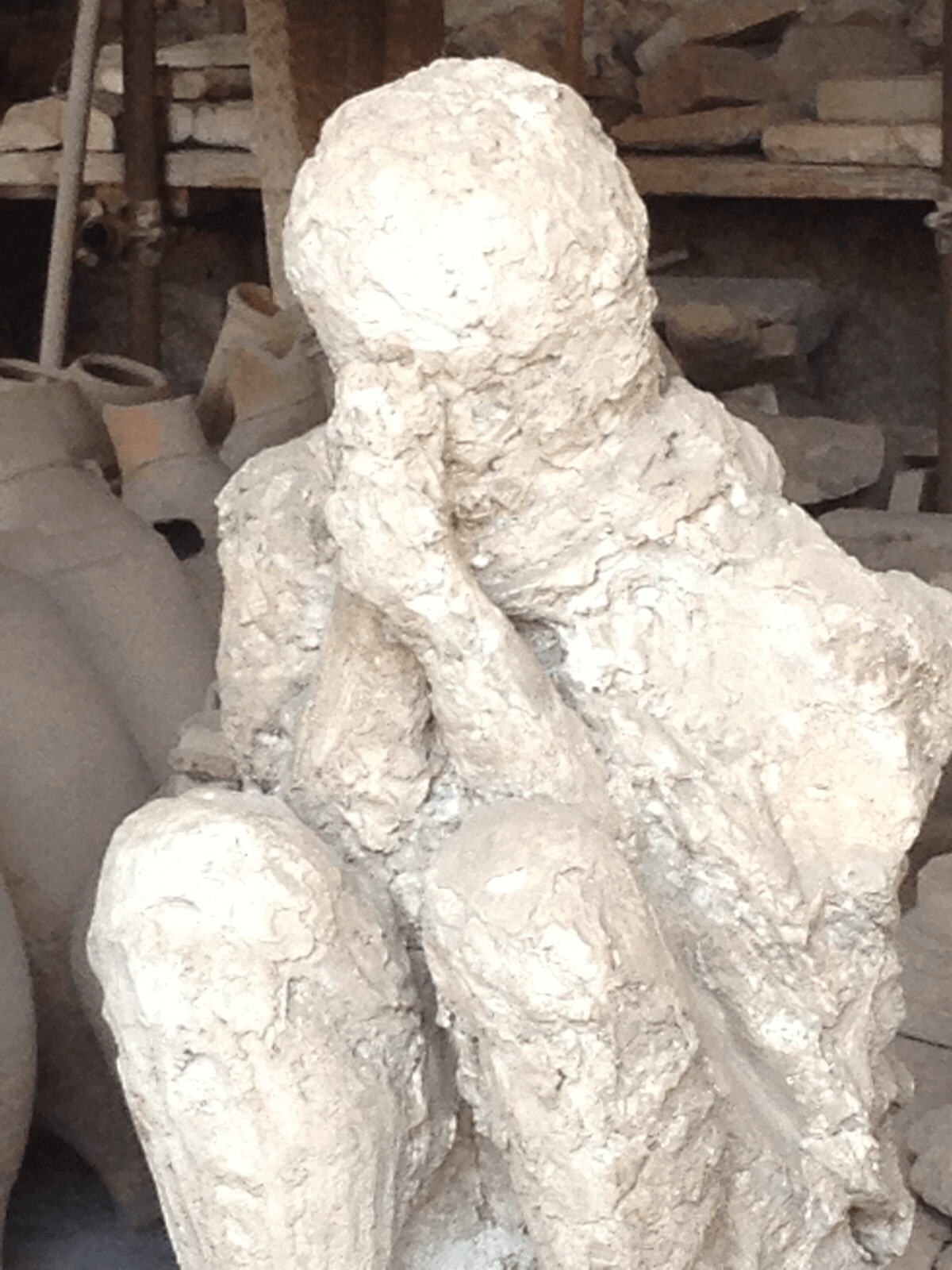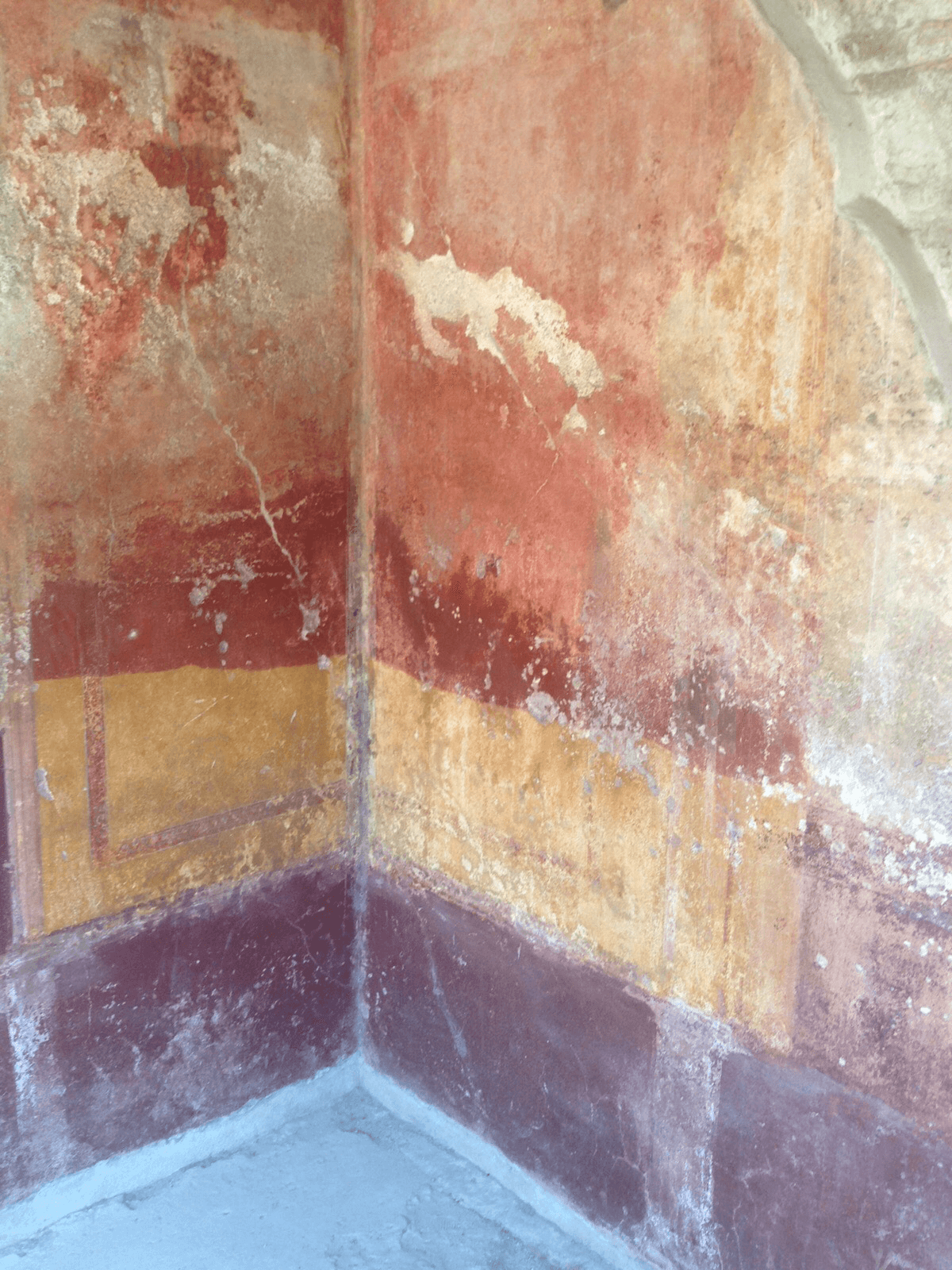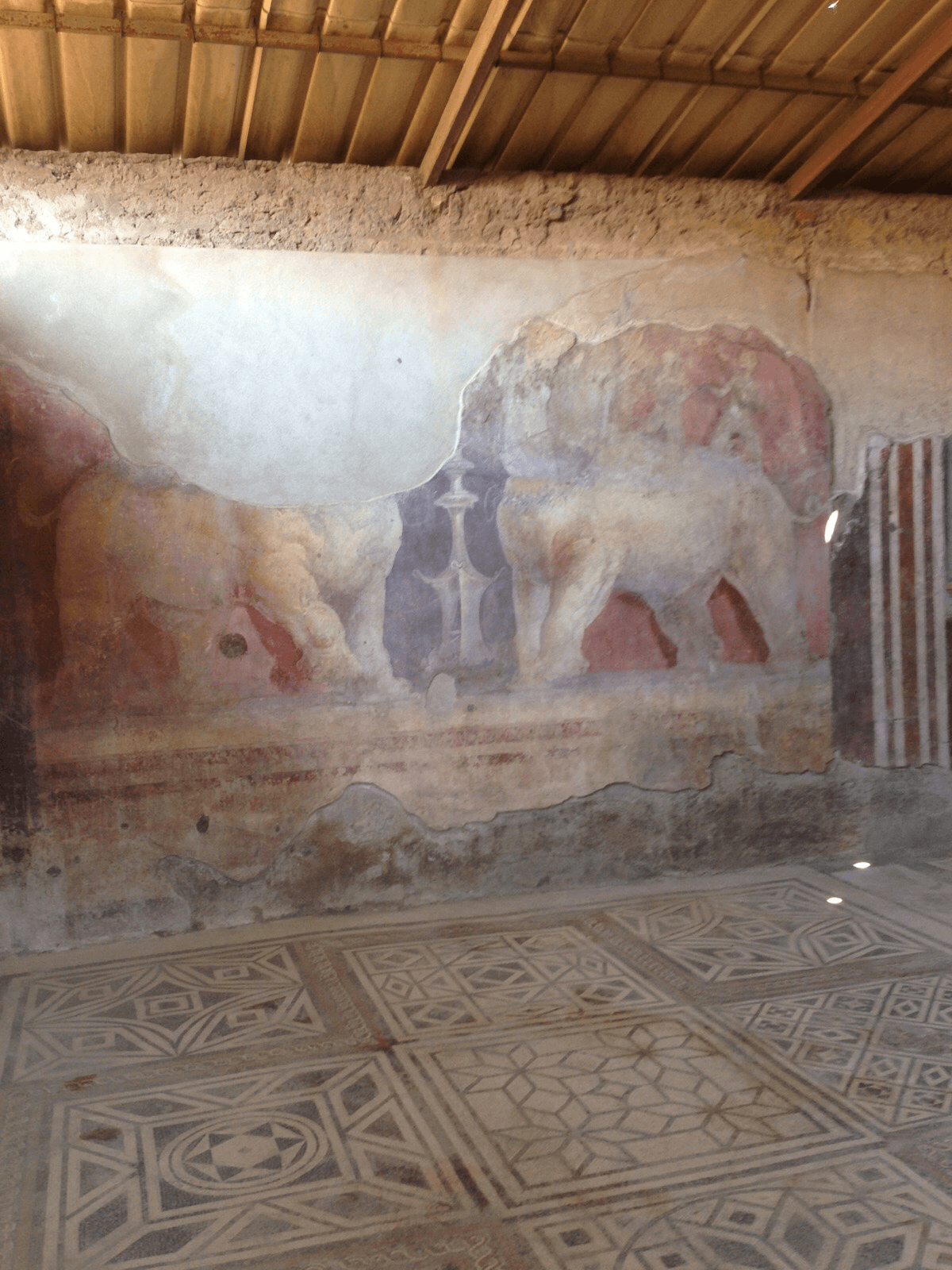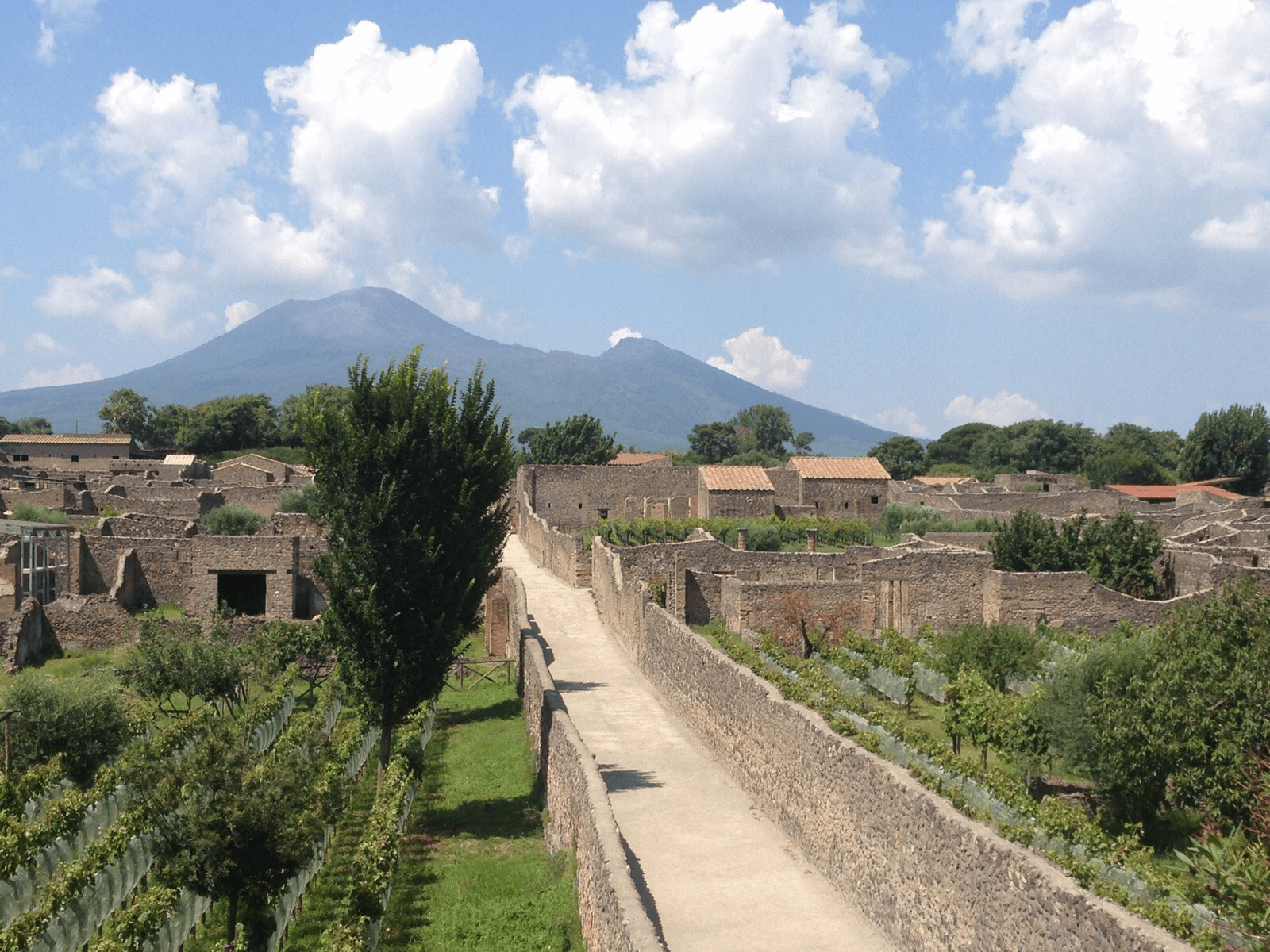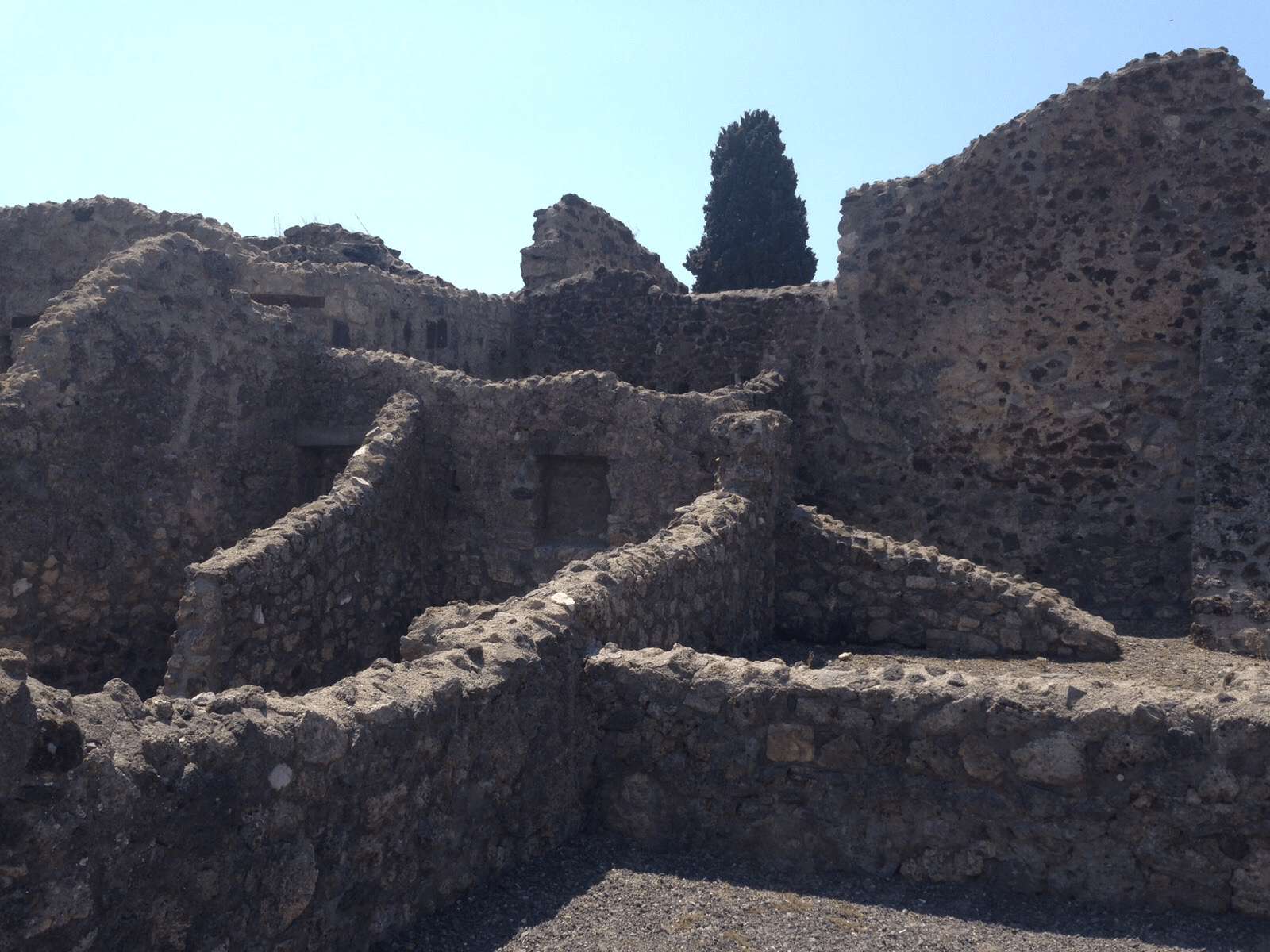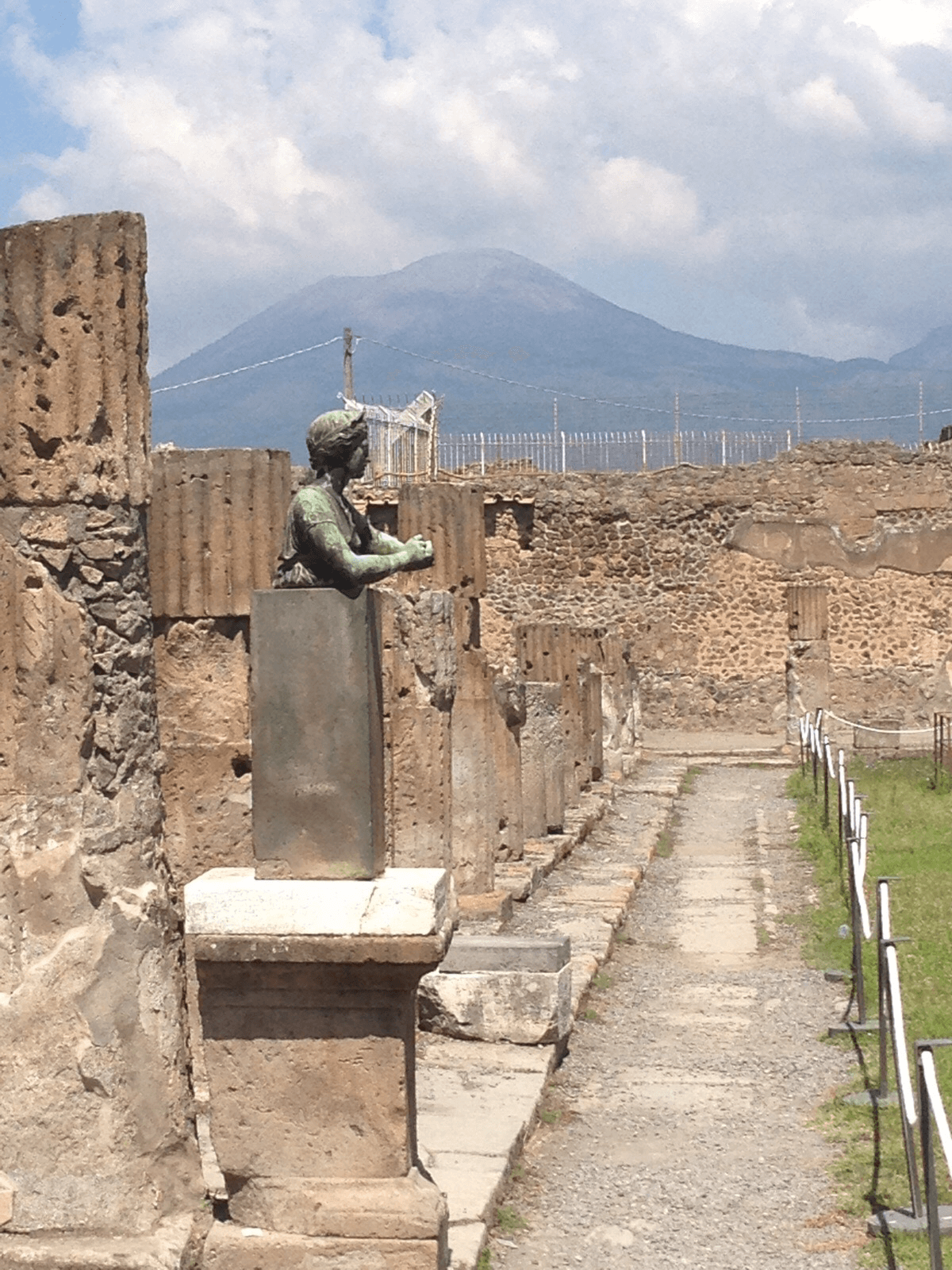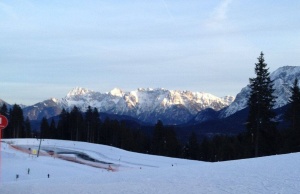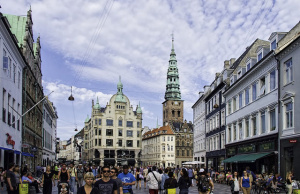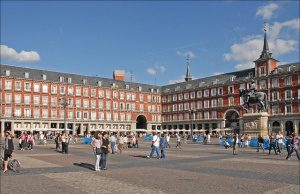10 Italian Foods To Try Right Now
Ahh, Italy…the best and worst place to ever visit. Best because you offer me delicious Italian foods like pizza, pasta and gelato. Worst because I like to visit you in summer and your foods make me fat.
But seriously, there’s got to be a reason that Italian foods are some of the most popular worldwide. And the reason I can’t contain myself from eating double portions when I’m there…
It’s just so darn delicious! Comforting, flavorful, unique combinations. They make my heart melt and taste buds dance with joy. Yep, that’s the only way I could describe it…
What’s on the list of must-try Italian foods?
1. Pizza- specifically Pizza Margherita

I’ve been told that the only way to judge a pizza place is by their classic Margherita. Ingredients like fresh Basil, Mozzarella, homemade tomato sauce topped on a crispy yet soft and savory crust is one of the most mouthwatering dishes out there. Despite its simplicity, the importance to mastering this classic on the list of Italian foods is in preparation and ingredients. Although pizza is common throughout the whole country, Naples is perhaps the most well known. Iconic restaurants such as da Michele, Sorbillo and El Presidente have been serving up this classic for generations. They following the strictest Vera Pizza rules.
2. Gelato

Throughout Europe you can find places serving “authentic Italian Gelato”. While they may succeed in this feat (such as Los Italianos in Granada, Spain), you have to go to the source for a chance at authentic and original gelato heaven! Gelato comes in a variety of flavors. Some can be very creative. Gelato can come without dairy (known as Sorbet from the south of Italy) or the dairy version, created in northern Italy. Look for signs that say “produzione propia” or “artigianale”. This means that the gelato was made on-site, in the old fashioned way with natural ingredients.
3. Tiramisu

Although I’ve yet to try tiramisu in Italy, I have had some that was homemade by a real Italian (that almost counts right?). It was one of the most delicious deserts I’ve ever tasted! Typically, the desert is made from ladyfinger biscuits, coffee, eggs, sugar, cocoa and mascarpone cheese. Ingredients are layered and topped with an espresso-flavored cocoa. The dish is light and creamy. It may come in a variety of interesting twists- such as fruit or chocolate tiramisu.
4. Pasta

One of the most famous Italian foods, a big plate of pasta is part of the quintessential Italian experience. Regional specialties are usually the way to go. A famous dish in Rome is the pasta alla carbonara. This is a combination of bacon or guanciale (an Italian cured meat), egg, romano or pecorino cheese, black pepper and white wine together with pasta noodles. When in Bologna, don’t miss out on the pasta al ragù, cooked in a meat sauce. In Genoa, the pasta al pesto, made from garlic, basic, pine nuts, olive oil and Parmigiano Reggiano cheese is the way to go.
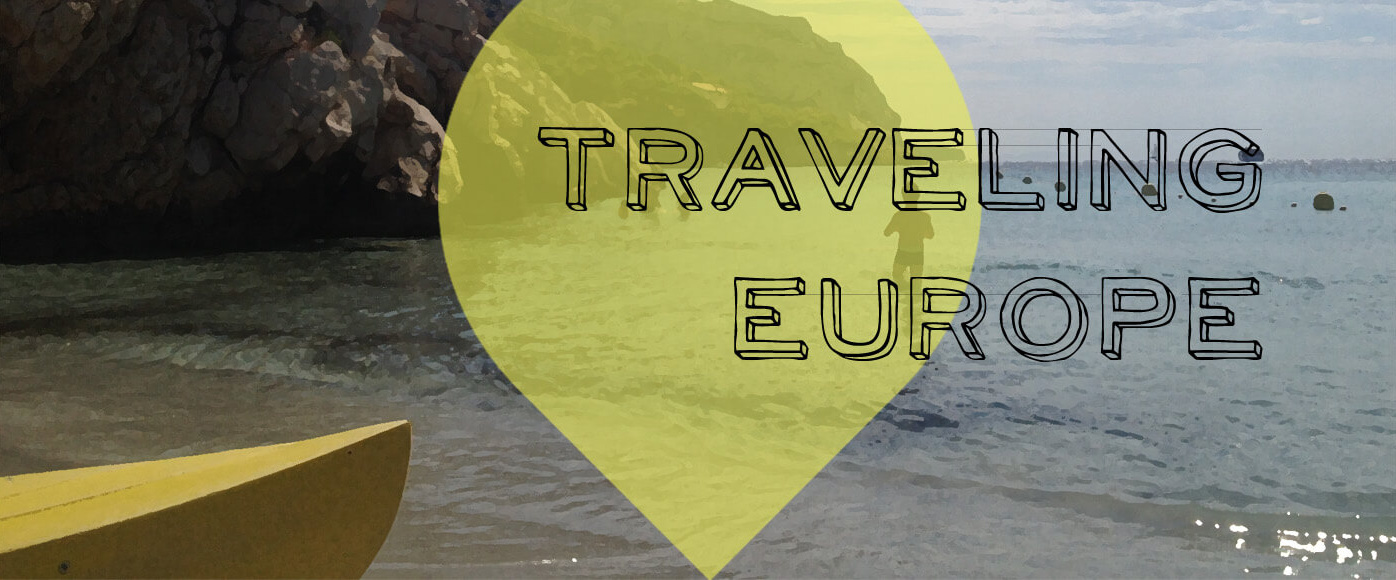



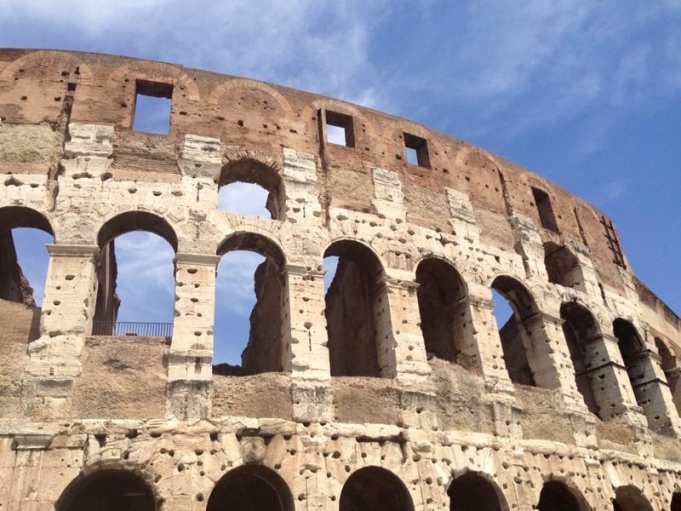
![Colosseum drawing. By Jaakko Luttinen (Own work) [CC BY-SA 3.0 (http://creativecommons.org/licenses/by-sa/3.0)], via Wikimedia Commons.](https://travelingeurope.biz//wp-content/uploads/2015/12/2048px-Colosseum_drawing-681x511.jpg)
